In this article, we will first explain the difference between convection and conduction vaporizing. After that, we will debunk the convection myth once and for all.
What is a conduction (oven based) vaporizer?
Most vaporizers on the market are, in fact, oven based. In this type of vaporizer, your herbs are heated through direct contact with the hot material of the heating chamber ("oven"). This direct heating method typically gives full, dense draws. Conduction vaporizers are relatively easy to design and produce, and therefore, they're often cheaper than full convection vapes.
Because the plant material is heated through direct contact with a hot surface, you will have to stir during your session. Heating it for too long might also run the risk of "burning" your herbs. They won't catch fire, but the hit will be harsh on your throat and won't taste very nice.

Popular conduction vaporizers
What is a convection vaporizer?
Convection heating works differently. A convection vape technically shouldn’t vaporize material, until hot air has been drawn over it, extracting the active components. The heating element in these devices is separated from the herbs, so the hot air that it produces seeps through the flower or the oil in a slower, gentler way. This avoids combustion and exalts the aromas of the herb.
A convection vape often takes longer to heat up than an oven based one. It also requires a slightly different inhalation technique. To get the best results, it is recommended to take longer, slower draws - you'll be rewarded with smooth, light and delicious clouds of vapour.

Popular full convection vaporizers
Browse full convection vapes ►
The full-convection myth
Although sometimes marketed as such, most vaporizers are not full convection vapes. There are two main reasons for this:
- Conduction vaporizers are easier to produce. Conduction vapes don't have to be as technologically advanced as their convection counterparts. After all, it’s basically just an oven. The oven gets hot, and when the surface reaches vaporizing temperature, it 'bakes' your herbs. Even if your device also uses convection heating; as soon as your plant material is heated through contact with a hot surface, it becomes conduction (or oven based) vaporisation.
- Convection costs a lot of power. When you draw, the air that draws through your herbs cools down. So a convection vaporizer has to fight against the air cooling down too much, which costs extra power and is quite stressful on the battery and the heating system. Taking the calculations relating to distance, heat and draw speed into account, a 100% convection vaporizer is a technologically advanced, often quite expensive device.
Many oven-based vaporizers are claimed to be convection vaporizers. Which is not entirely incorrect; many vaporizers use convection heating, by heating up the air that passes through the herbs. However, in most of these vaporizers, the chamber heats up as well, making part of the extraction happen through conduction.
The only factor that defines if you're dealing with a conduction or convection vape, is if the plant material is in contact with a heated surface to create sublimation. If so, it is not convection.







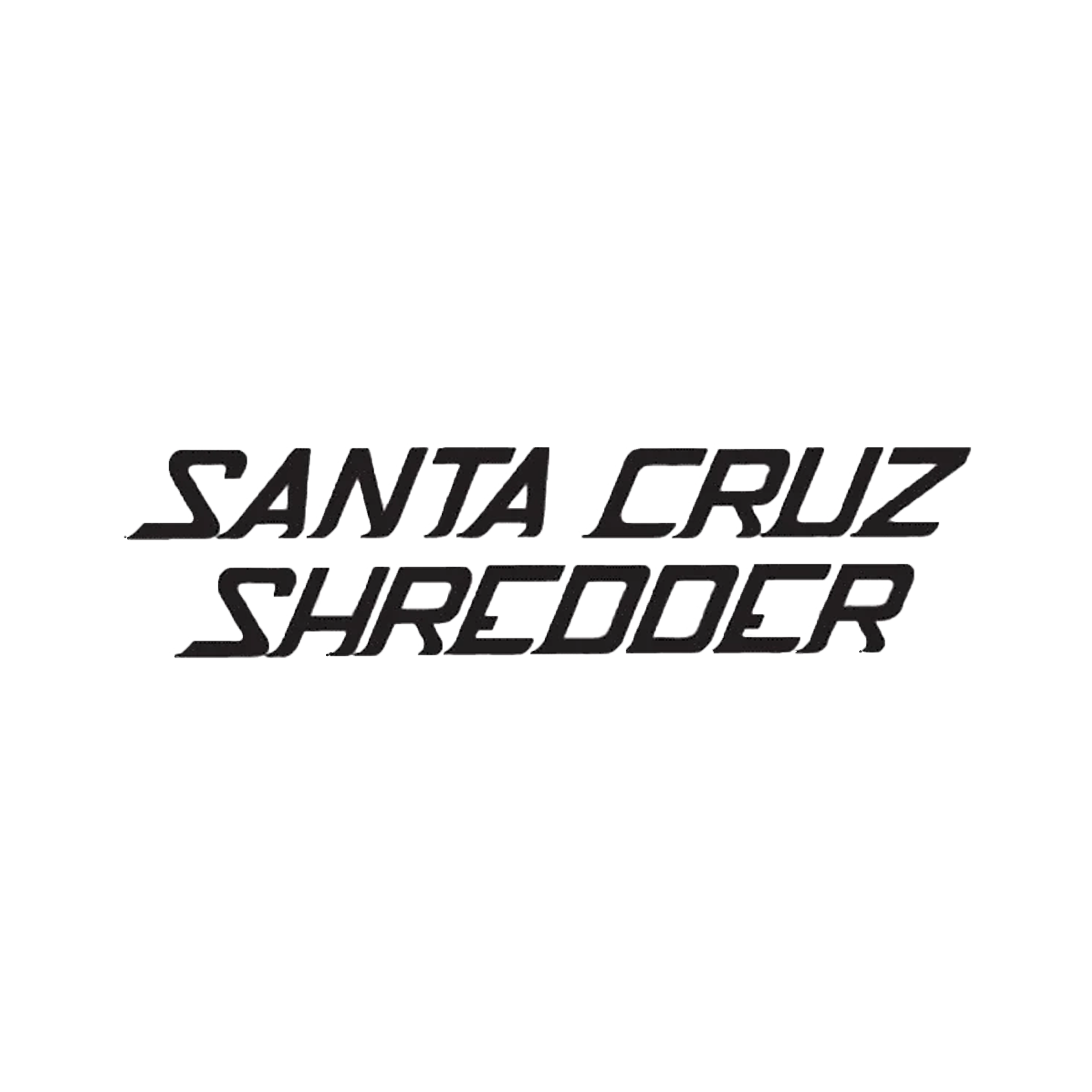





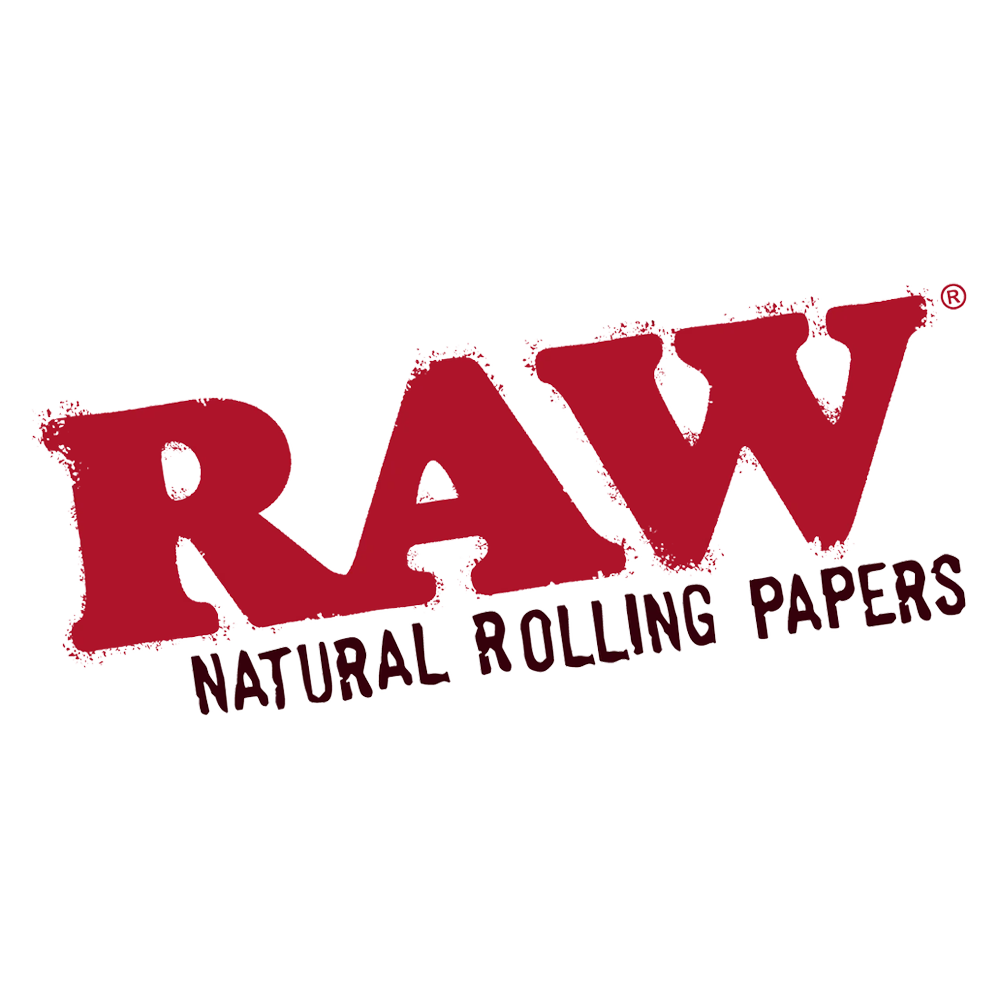

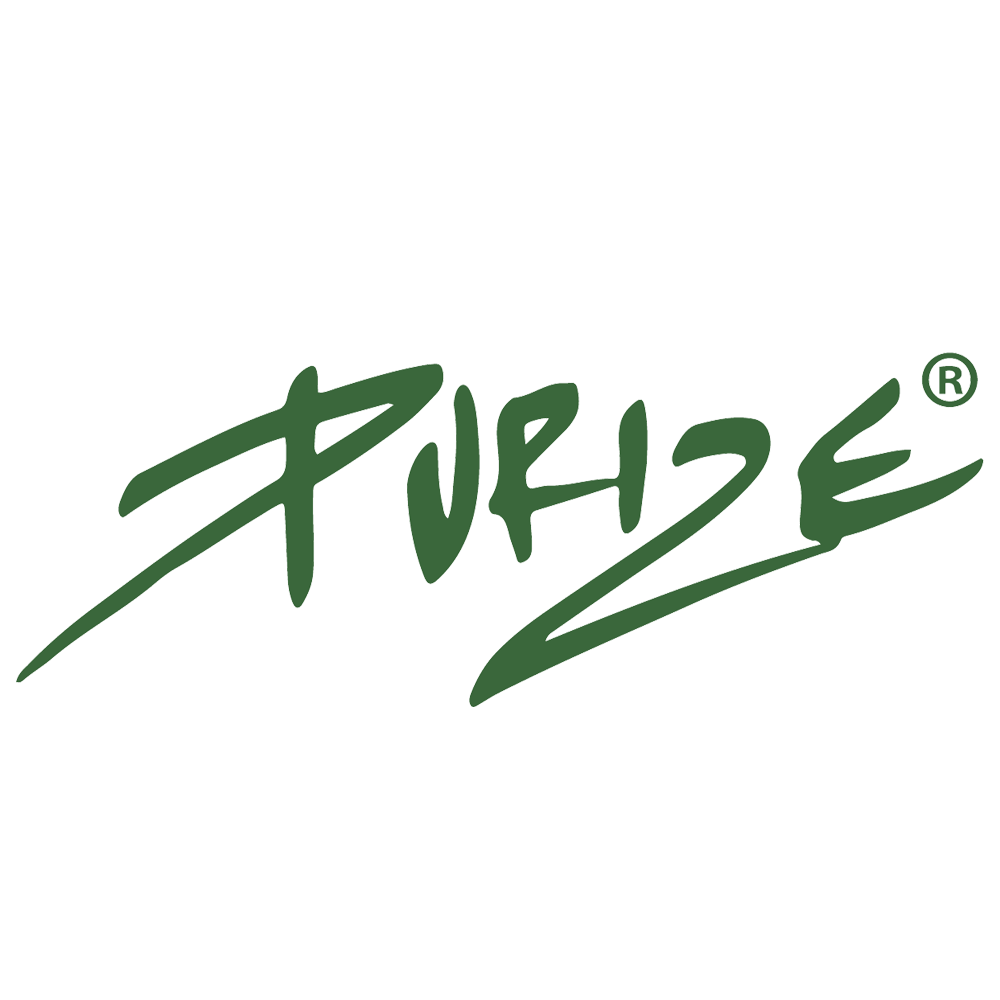


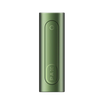
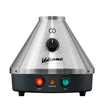
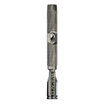
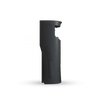

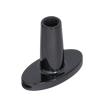
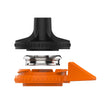
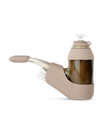
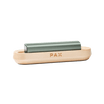
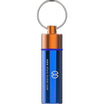
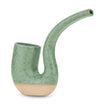
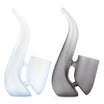

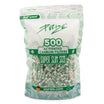

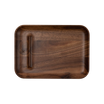

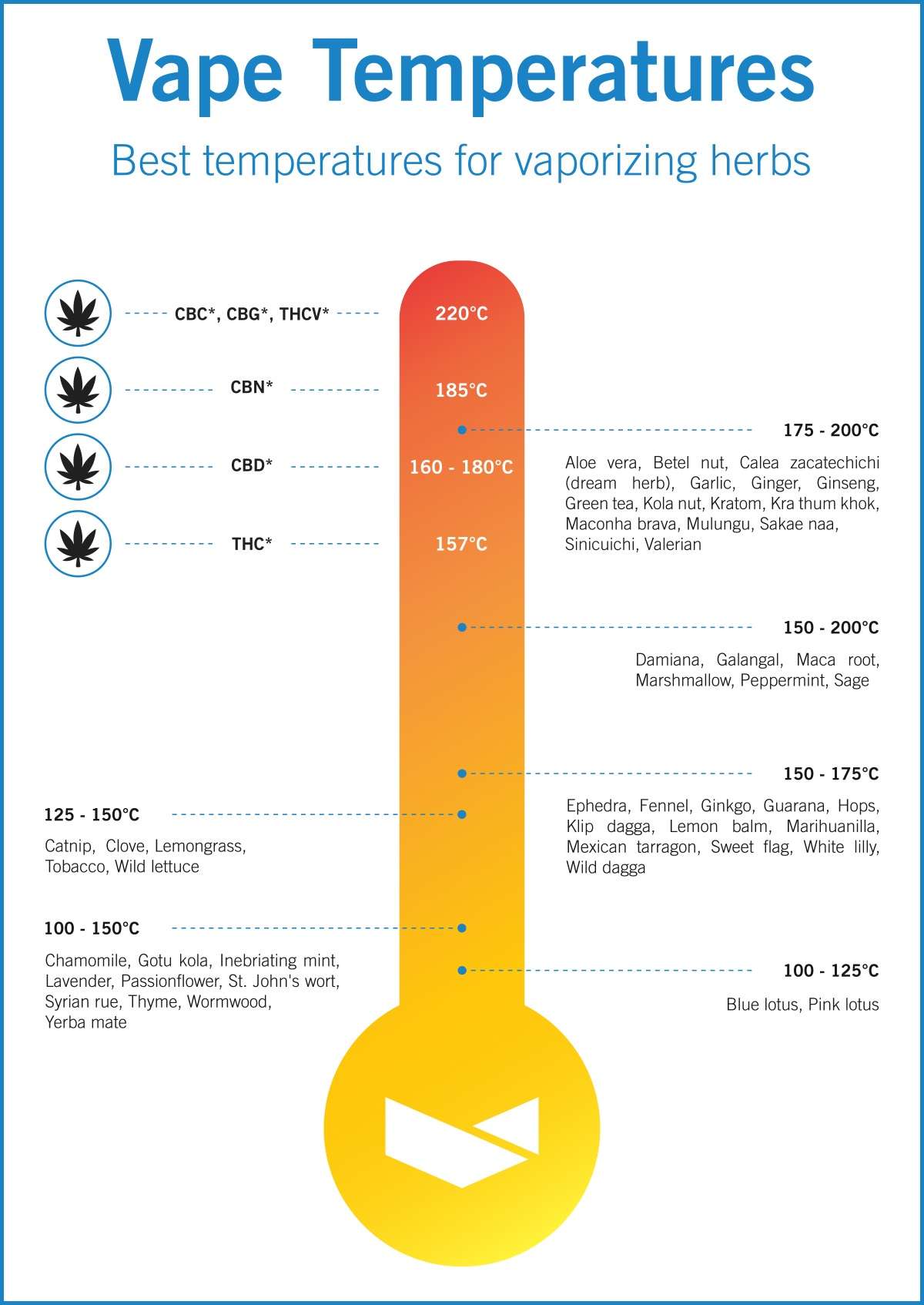

Leave a comment
This site is protected by hCaptcha and the hCaptcha Privacy Policy and Terms of Service apply.